Despite what the song “It’s a small world” tells us, the world is a pretty big place. We’ve managed to squeeze eight billion people into it, and that’s impressive—bordering on alarming. There’s also a lot to know about that population: where they’re all located, how they’re distributed, and where else you could fit them if you wanted to get creative. If you’ve never thought about how fun it is to learn facts about population density, get ready!
10. Loch Ness can accommodate the entire world's population several times over.
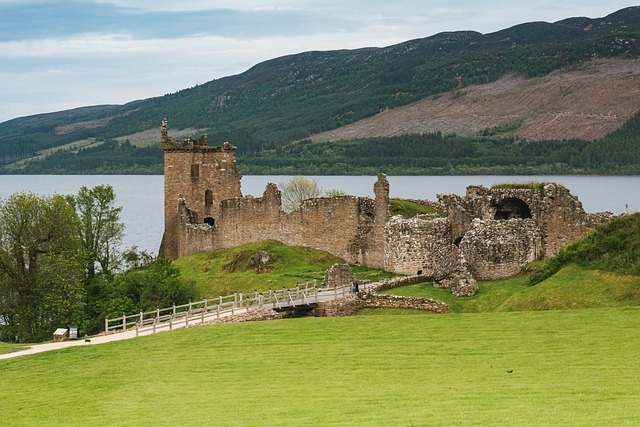
Scotland is famous for kilts, haggis, and the lake monster. But Loch Ness isn't just a potential home for a prehistoric monster that only appears in blurry photographs. In fact, there could be a home for everyone.
One of the supposed problems with finding the monster is that the lake is so big. To put it in more tangible terms, the lake contains 268 billion cubic feet of water. It is about 800 feet deep and covers 22 square miles. That means that every person in the world could fit in the space the lake occupies. And then you could do this nine more times Previously, when the population was a modest 7.3 billion people, it would have been possible to fit 15 times more.
Now, if you're ever unsure whether there's a monster in the lake, just remember what kind of space you're dealing with.
9. Kowloon Walled City had the most densely populated area in the world.
We'll get to densely populated cities soon, but we don't want to lose sight of the most densely populated city in history, which lasted until 1994, when it was finally destroyed. You've got to assume people were pissed.
The Kowloon Walled City existed inside Hong Kong and, as the name suggests, it was a city within a wall. Buildings were piled on top of each other until a bizarre, science-fiction level dystopian society was created. Kowloon had 33,000 people living in the area of one city block. The density was 1.2 million people per square kilometer or 3.2 million people per square mile. Compare this to New York City's population density of just over 25,000 people per square mile.
Kowloon, once a fortress, never came under British rule in Hong Kong. The result was a kind of lawless land where residents could build whatever they wanted, however they wanted. With no rules, people would build on top of their neighbors, knock down walls when necessary, and keep moving in and out. People would inevitably find themselves cut off from the outside world, trapped in a patchwork of buildings with a maze of ramshackle corridors and stairs to get to the open air.
When Britain and China finally agreed on what to do with the site, some residents had to be evicted by force before everything was demolished and replaced with public spaces such as gardens and parks to help beautify the area.
8. Switzerland has a nuclear shelter for its entire population.
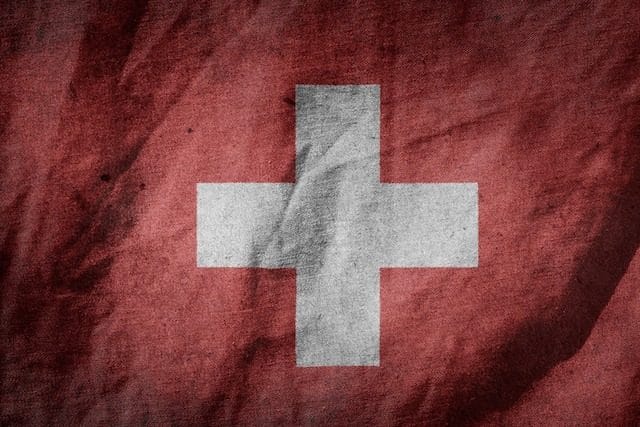
It's safe to say that no one wants to live through a nuclear war, but if it does happen, you hope there's a way to survive it. People have sometimes built their own fallout shelters in the past, and governments keep some in reserve in case the world goes to hell. But what about the rest of us?
If you live in Switzerland, don't worry. The entire population of the country can be housed in fallout shelters because the Swiss are very prepared. Swiss law requires building owners to have a fallout shelter that can accommodate all residents. This applies to single-family homes and apartment buildings, so no one will be left behind.
By 2006, Switzerland had 300,000 shelters in homes, plus another 5,100 public shelters. That's enough to allow 8.6 million people, or 1,14% of the population, to safely duck and cover. Their next closest competitor, Sweden, has room for only 81% of the population.
Since everyone has them and no one has needed to use them yet, many fallout shelters have now been converted into wine cellars. But they could still be used for their intended purpose if the time came when the entire population could be safely stored to survive a nuclear winter.
7. The people of Whittier, Alaska, live in one building.
Alaska is a beautiful part of the world, but at certain times of the year it’s not the most hospitable place. Go far enough north and you can find yourself stuck in sub-zero temperatures with no sun for days on end. However, people still find a way to survive, like in Whittier.
The tiny town of Whittier has only one access road, which is often inaccessible in the winter due to the 22 feet of snow that falls annually. The tunnel has only one lane and is closed at night, leaving the only way in through the sea. The weather can also make this impossible. The townspeople live almost exclusively in one building.
Almost 200 people live in one 14-story building that was once a military barracks. In addition to the houses, there is the town post office, a bed and breakfast, a grocery store and a police station. Children can get to the local school through an underground tunnel.
6. In Finland, anyone can join forces and visit a sauna at the same time.

Finland is full of saunas. They love saunas. Fins have saunas like Canadians have doughnut shops. Can't get enough of them. The entire country has a population of about 5.5 million people, but there are three million saunas.
If you're not sure, or think it means something different in Finland, a sauna is a very hot, steamy room where you strip naked except for a towel or bathing suit, sit down, and that's it. You can be alone, with friends, and often with strangers. Just sweaty, almost naked, in a hot, steamy room. Maybe you'll rub a stranger's back if they ask.
Some finners enjoy shaking things up by leaving the hot sauna and running out into the snow on a winter day or even diving into ice-cold water, but this is not really part of the sauna experience.
Apartment buildings have saunas, and even large businesses will have them on site. Judging by the numbers, there are enough for everyone in the country to take a friend and enjoy a sauna for two at a time, with plenty of room left over for people from abroad.
5. If Manhattan had the same population density as Alaska, there would be 29 people living there.
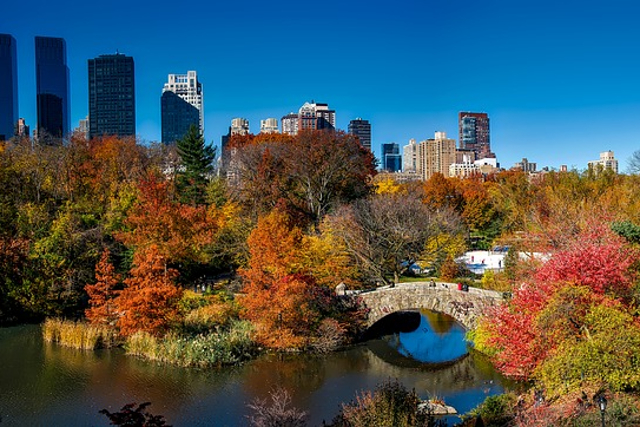
To get a better idea of how population density varies across the country, we can compare two places in a goofy way, like we're about to do. Manhattan in New York City has a very high population density - about 70,000 per square mile for the 1.6 million people who live there. That means Manhattan covers an area of about 22.83 square miles.
On the other hand, the state of Alaska has a population density of 1.28 residents per square mile. This means that if Manhattan had the same density as Alaska, there would be about 29 people living there. And each of them would have a lot of really prime real estate.
4. Le Lignon is an apartment building with a population density similar to Manhattan.
Speaking of Manhattan, there is a building in Switzerland called La Lignon, which has something in common with the famous New York area. Both have roughly the same population density.
Built in the late 1960s, Le Lignon is not a particularly attractive structure, but it has a strange Euro-dystopian feel to it, which turned out to be one of the largest housing projects ever built. It is a giant, kilometre-long complex housing 6,800 tenants in 2,780 apartments.
Built in response to a housing crisis, some residents love the building, while outsiders consider the 10 million-square-foot monstrosity an eyesore. And while it may be ugly from the outside, inside, some residents are pleased with the pleasant views and spacious homes, as well as the sense of community that comes from living in a city-sized building.
The huge building is surrounded by identical towers, and the design allows for a variety of facilities inside, including schools, shops, a medical centre and a rooftop swimming pool. A four-room apartment, if you can find one, costs around 2,000 Swiss francs a month, or about $2,300 US.
3. The Canadian territory of Nunavut has the lowest population density of any state or province in the world.
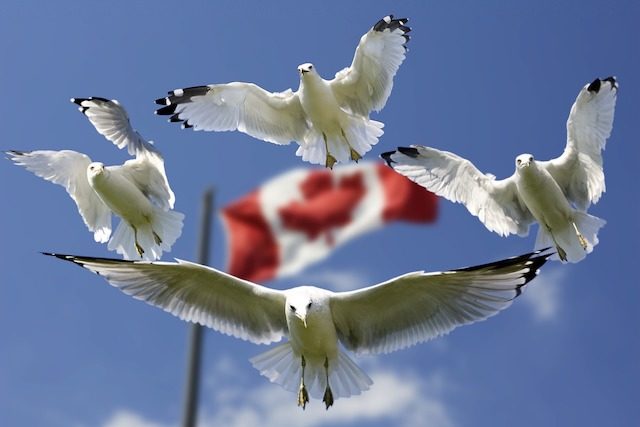
We already know that Alaska has a very low population density, but it is by no means a contender for the crown. When it comes to the sparseness and for that matter the population of any accepted subdivision of a country, such as a province or state, Nunavut in Canada wins that award. It is even less densely populated than Greenland.
Located in Northern Canada, the territory of Nunavut, with its capital Iqaluit, has a population density of 0.02 people per square kilometre (0.05 per square mile), which is often rounded to 0. In Greenland, this figure rises to 0.14.
Nunavut's capital city has a population of just 7,740. The entire territory has a population of just under 37,000. This is despite the fact that its area is 808,000 square miles, making it larger than Alaska, more than three times the size of Texas, and nearly five times the size of California.
2. Friendship Heights, Maryland is the most populous town in the United States.
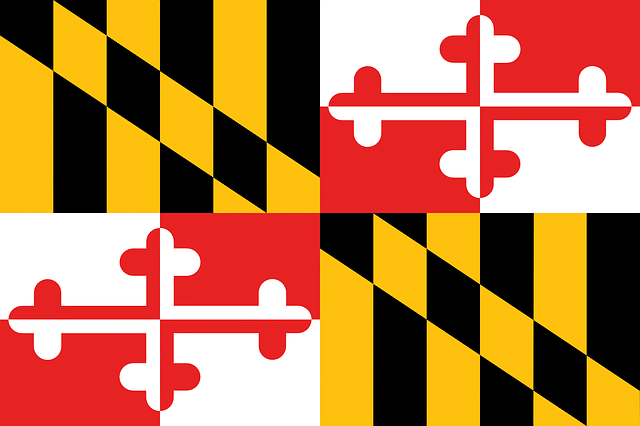
If you had to guess which place in the United States is the most densely populated, you'd probably be inclined to guess one of the big cities like New York or Los Angeles. But that's misleading, because while the population is large, the space is also large. So the density overall isn't that high.
The true winner of the population density crown goes to the humble town of Friendship Heights Village, Maryland. In 2020, its population was 5,360 residents. Not impressive, right? But geographically, the town is so small that the population density is 90,847.5 people per square mile, since the town is only 0.06 square miles in area.
In 2021, the population has dropped slightly, so density is a little better, but overall the city still leaves every other place in America in the dust.
1. In the slums of Dhaka, Bangladesh, the population density can exceed 2 million per square mile.
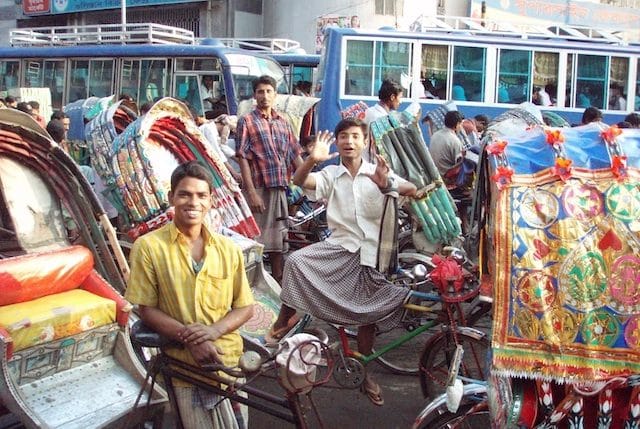
We have seen the incredible population density of the Kowloon Walled City, but there may still be places today that are close to that level. Not whole cities, but at least parts of them, such as the slums of Dhaka in Bangladesh, where the population density is estimated to be as high as 2.7 million people per square mile.
Even the lowest estimates put the figure at 115,000 per square mile, higher than places like Tokyo, Manila, and Mumbai. Others have calculated it at 569,000 per square mile or 220,000 per square kilometer. Part of the problem with getting consistent figures is that these are slums, which are unevenly distributed and not open to census taking. There is no real way to count how many people live in such a place, since many of the dwellings are barely homes, and residents often don’t want to be questioned.

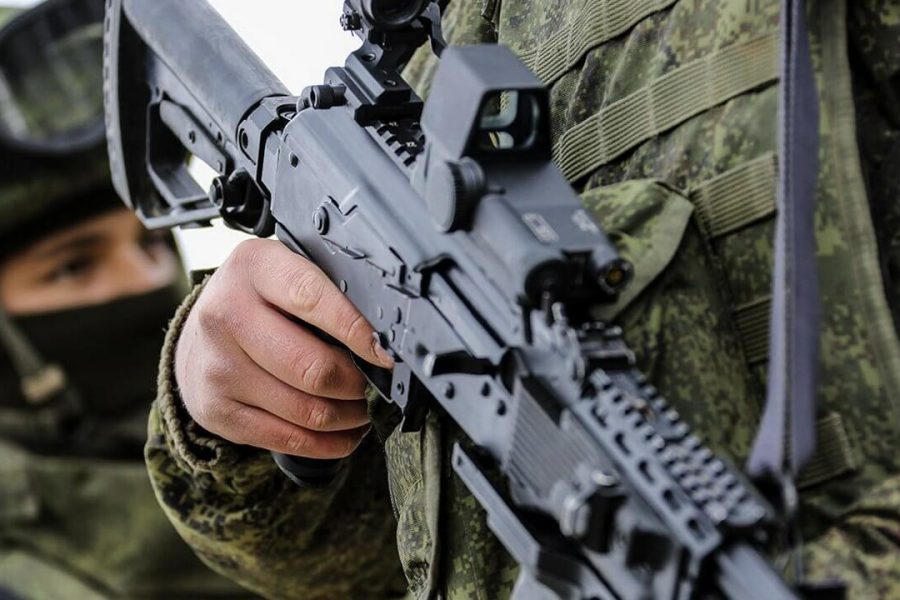




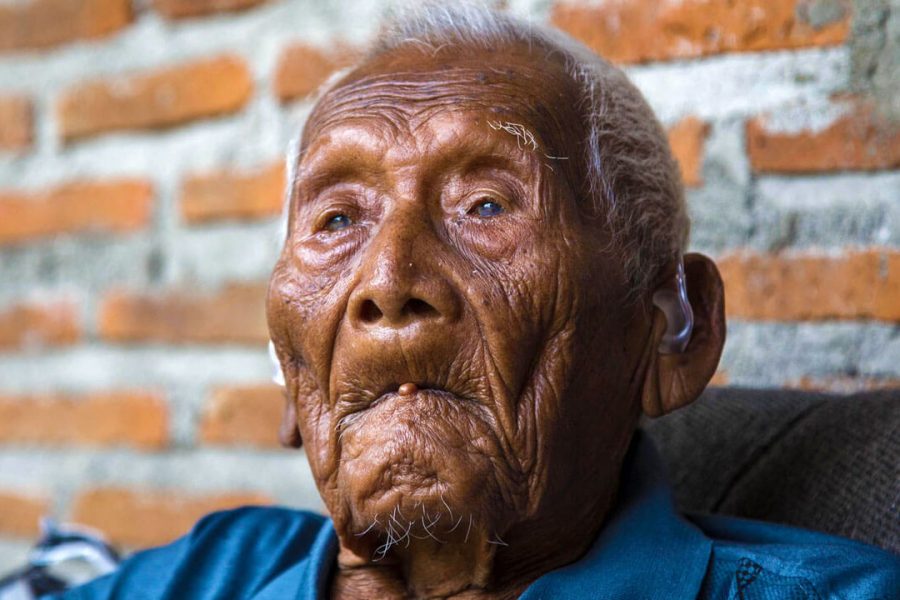


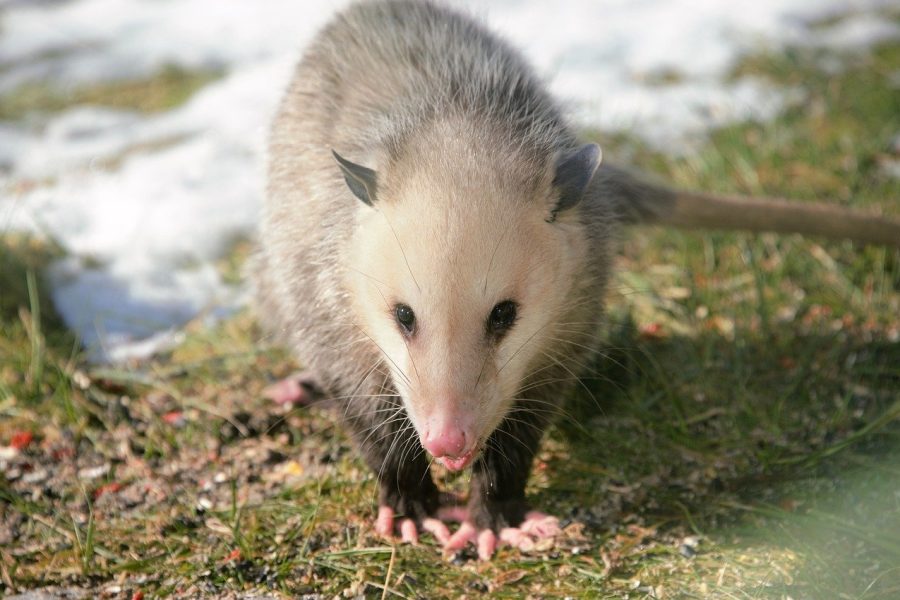



Оставить Комментарий